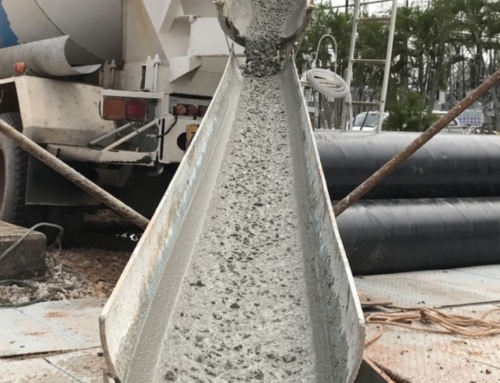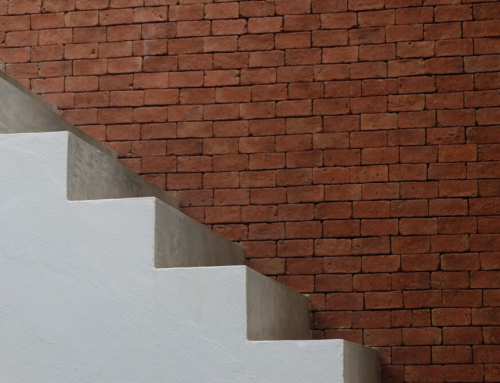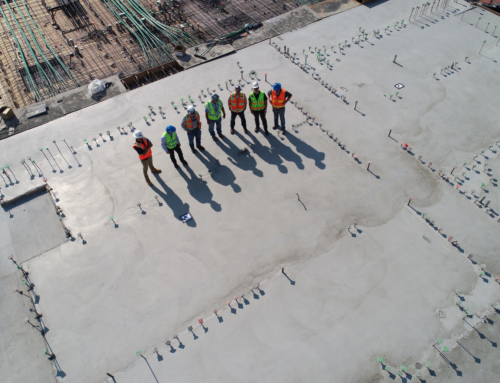There many benefits of poured concrete, including its strength and adaptability. However, there are times when a type called ‘reinforced concrete’ will need to be used for particular structures. Here’s everything you need to know.
 What Is Reinforced Concrete?
What Is Reinforced Concrete?
Concrete is an incredibly resilient material, which is why it’s used so much in building and construction work. However, some types of concrete structure require reinforcements, which are often put in place as the mixture sets. Reinforced concrete can be used for a wide variety of applications, including walls, columns, beams, frames, foundations and slabs. Concrete which has been reinforced is more durable and requires minimal maintenance over time. It can also be used where the building or structure requires enhanced fire resistance.
When Does Concrete Need to Be Reinforced?
Some concrete structures are put under more stress than others. There are different types of stress to consider when looking at the reinforcements your concrete requires. This includes tension (how elements are pulled further apart) and compression (pushing elements together). While concrete is exceptionally strong, it does have its limits. For example, if you were to put a weight on top of a concrete base which was heavier than the load it can support, you may start to see cracks appear. In general, concrete can withstand compressive forces more than tension. Therefore, unreinforced concrete would be unsuitable for certain types of structure which need to withstand particular stressors, including wind loading and vibrations.
How to Reinforce Concrete
There are several ways you can reinforce concrete. The technique used will depend on the size and shape of the structure, how much reinforcement is required and the types of stress the concrete will be subjected to.
A popular method of reinforcing concrete is called ‘rebar’, which are types of textured steel reinforcements. This could include the use of steel rods, a mesh of steel wires or steel cables. They work to hold the structure in tension, forming a strong bond with the concrete. Rebar can be used to support higher loads, reduce cracking and constrain walls. The concrete resists compressive strengths, while the steel works well under tension, creating a robust composite material of the two.
Another technique is to use an admixture when creating the original mix. Reinforced concrete is achieved by adding fibres, which improve its tensile strength. These fibres are made of elements such as synthetic materials and glass. By placing these in the mix, it’s a way of ‘prestressing’ the concrete, spreading the stress and tension across the structure. This type of reinforced concrete is often used for extended, slender structures which will support equal loads. It can help to reduce or stop cracks spreading if they do form.
Order Your Concrete Supplies Now
If you need a reliable concrete supplier in Sussex, Network Concrete is here to assist. We’re available 24/7, supplying high-quality concrete to locations in Crawley, Burgess Hill and East Grinstead. Please call 0800 222 9099 now for a free quotation.





